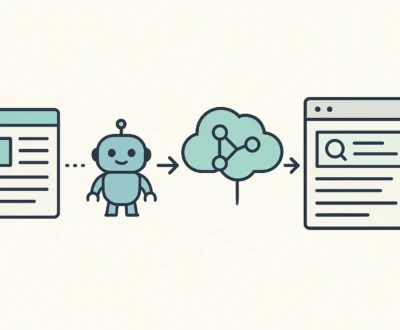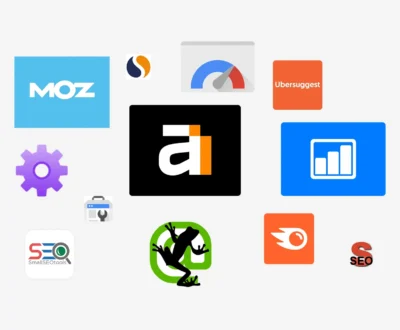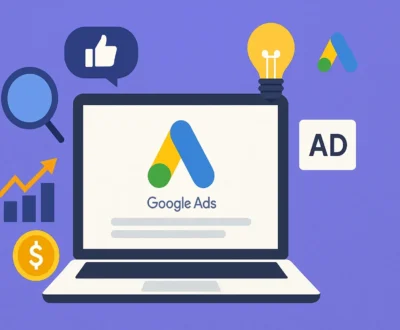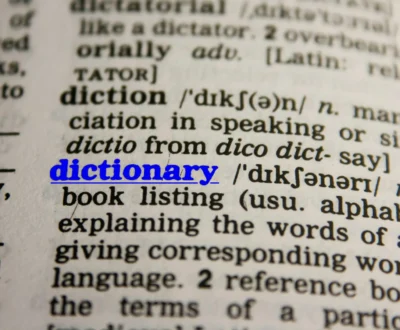Common SEO Mistakes When Launching a New Website (And How to Avoid Them)
- March 2, 2025
- Latest Articles on SEO Trends and Tips
Introduction
Launching a new website is an exciting milestone, but without proper SEO, it can struggle to gain visibility in search results. Many businesses focus on design and content but overlook critical SEO factors that impact rankings and organic traffic.
From technical issues to poor keyword targeting, many common mistakes can delay a site’s ability to rank on Google. Understanding and fixing these errors early can save time and ensure a smoother path to online success.
In this article, we’ll explore the most common SEO mistakes when launching a new website and how to avoid them to build a strong foundation for search engine rankings.
1. Not Submitting the Site to Google Search Console
One of the most overlooked steps in launching a website is submitting it to Google Search Console. This free tool allows website owners to:
- Monitor indexing issues.
- Submit a sitemap for faster crawling.
- Identify search performance insights.
- Detect errors that could prevent ranking.
How to Avoid This Mistake
- Set up a Google Search Console account before launching your site.
- Submit your XML sitemap to help Google discover all your pages.
- Regularly check for indexing errors or manual actions.
If Google doesn’t know your site exists, it won’t rank in search results.
2. Ignoring Mobile Optimization
Google uses mobile-first indexing, meaning that it evaluates the mobile version of your site before the desktop version. If your site is not mobile-friendly, you risk lower rankings and a poor user experience.
How to Avoid This Mistake
- Use responsive design to ensure your site adapts to all screen sizes.
- Test your site with Google’s Mobile-Friendly Test.
- Optimize images and reduce unnecessary code to improve mobile loading speed.
A European digital marketing agency can help optimize your website’s performance across different devices, ensuring that mobile usability meets Google’s standards.
3. Poor URL Structure and Navigation
A poorly structured website can confuse both search engines and users, making it harder to rank.
Common URL mistakes include:
- Using long, complex URLs instead of short, descriptive ones.
- Failing to include keywords in URLs.
- Having a disorganized website hierarchy that makes navigation difficult.
How to Avoid This Mistake
- Keep URLs short, descriptive, and readable (e.g.,
example.com/seo-mistakes). - Ensure a logical site hierarchy with categories and subcategories.
- Use breadcrumb navigation to help both users and Google understand your site’s structure.
A well-structured website improves crawlability, indexing, and user experience.
4. Not Optimizing Title Tags and Meta Descriptions
Title tags and meta descriptions are essential for SEO but are often left as default or poorly optimized. These elements impact click-through rates (CTR) and rankings.
How to Avoid This Mistake
- Write unique, keyword-rich title tags for every page (under 60 characters).
- Create compelling meta descriptions (under 160 characters) to encourage clicks.
- Use primary keywords naturally in both elements.
Example:
Good Title: “10 Common SEO Mistakes and How to Fix Them”
Bad Title: “SEO Problems and Solutions for Websites”
Optimized meta tags help search engines understand your page content and improve organic click rates.
5. Not Doing Proper Keyword Research
Many new websites target either too broad or too competitive keywords, making it difficult to rank. Others fail to optimize their content for search intent, which leads to low engagement.
How to Avoid This Mistake
- Use Google Keyword Planner, Ahrefs, or SEMrush to find high-intent keywords.
- Target a mix of short-tail and long-tail keywords for better ranking opportunities.
- Analyze competitor keywords to find content gaps you can fill.
Targeting the right keywords from the start helps your site attract relevant traffic and rank faster.
6. Forgetting Internal Linking
Internal links help Google discover and index pages faster, improving rankings and user experience. Many new websites lack a structured internal linking strategy, leaving valuable pages isolated.
How to Avoid This Mistake
- Link to relevant pages within your site to improve navigation.
- Use descriptive anchor text instead of generic phrases like “click here.”
- Ensure that new pages receive links from existing content to speed up indexing.
A strong internal linking strategy boosts SEO by distributing link equity across your site.
7. Not Implementing Structured Data (Schema Markup)
Schema markup helps search engines understand your content better, improving visibility in rich snippets and featured results. Many new websites skip this step, missing out on higher click-through rates.
How to Avoid This Mistake
- Use Schema.org markup for products, reviews, events, and FAQs.
- Test structured data using Google’s Rich Results Test.
- Implement JSON-LD format to help Google display additional details in search results.
Adding structured data improves how search engines interpret and display your content, making it stand out.
8. Slow Website Speed and Poor Core Web Vitals
Website speed is a major ranking factor. Slow-loading pages lead to higher bounce rates, reducing traffic and conversions.
How to Avoid This Mistake
- Optimize images using next-gen formats like WebP.
- Enable browser caching and lazy loading for faster performance.
- Use a Content Delivery Network (CDN) to improve speed for global users.
- Monitor Core Web Vitals in Google Search Console to fix issues.
A fast website not only improves SEO rankings but also enhances user experience and engagement.
Conclusion
Avoiding these common SEO mistakes can save time, improve rankings, and drive organic traffic faster. A well-optimized new website should have:
- A strong technical foundation for search engine indexing.
- Keyword-rich, high-quality content that matches user intent.
- A fast, mobile-friendly experience for better usability.
- Structured internal linking and navigation for SEO benefits.
By implementing these SEO best practices from the start, your website will be better positioned for long-term success in search rankings.
Which of these mistakes have you encountered when launching a website? Let’s discuss how to optimize your site effectively.
About us and this blog
We are a digital marketing company with a focus on helping our customers achieve great results across several key areas.
Request a free quote
We offer professional SEO services that help websites increase their organic search score drastically in order to compete for the highest rankings even when it comes to highly competitive keywords.








